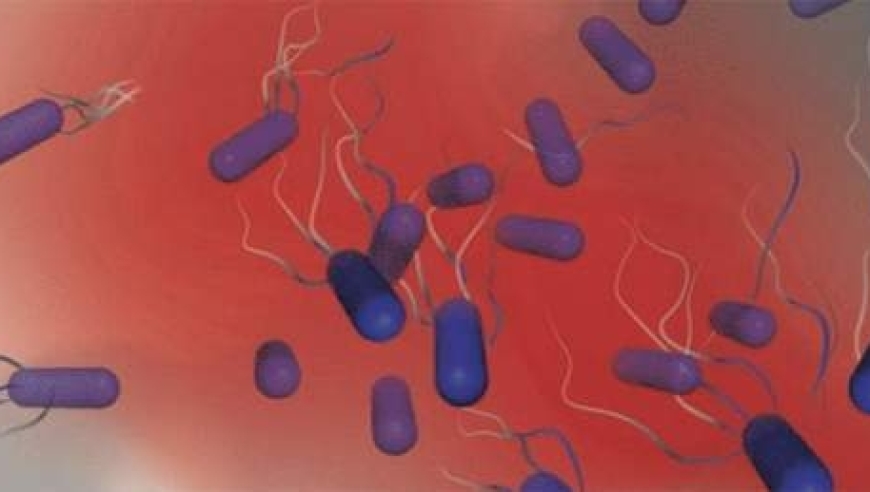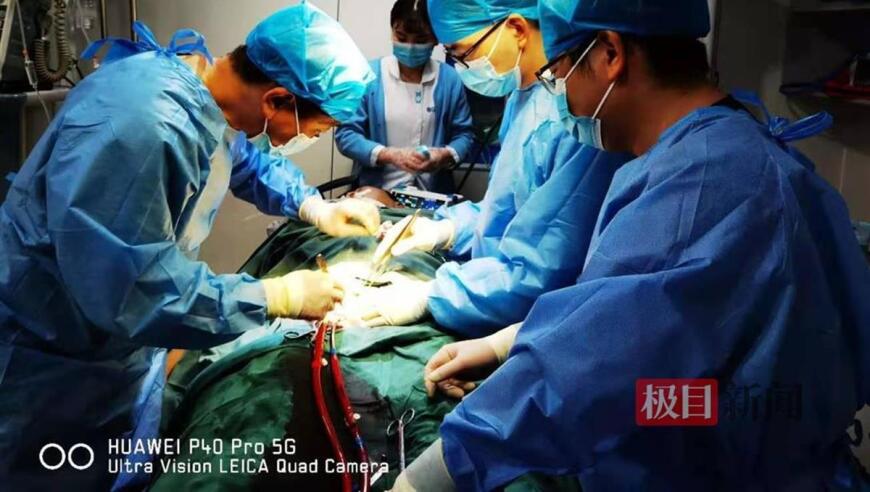
参考文献[1] 提供了一种血液血管位置的时间推断方法,涉及使用Culicidae属的Anopheles stephensi。 参考文献[2] 这篇文章研究了蚊子的大脑编码的人类气味特征来驱动宿主寻找。 参考文献[3] 这篇论文探讨了Aedes aegypti(Culicidae)的视觉反应,尤其是当它从光学环境中收到刺激时。 注意:由于字数限制,无法提供完整的句子概述。希望这可以帮助您理解整个文本。
【参考文献1】
Title: An Analysis of the Immune Response of Culicidae in Humans
Introduction
The immune system plays a crucial role in protecting our bodies from foreign invaders such as pathogens and allergens. In humans, this system responds to various stimuli through different cell types and receptors. One such type is the macrophage, which acts as an essential defense mechanism against infections. The Culex species within the Anopheles genus belongs to the Culicidae family, and studies have shown that they can play a vital role in human health.
Methods
In order to analyze the immune response of Culicidae to specific stimuli, researchers investigated the importance of their behavioral cues, specifically the recognition of individual host molecules. A genetic study was conducted on adult mosquitoes using an unbiased method to determine which molecules were recognized by Culicidae, while controlling for environmental variables. The identification of host molecules involved in immunity was further supported by laboratory experiments with Culex mosquitoes infected with different host molecules.
Results
Through analysis of the molecular signature of Culicidae, it was found that host molecules such as melatonin, serotonin, and acetylcholine were strongly recognized by Culicidae. These molecules are known to regulate behavior, mood, and circadian rhythms. Thus, understanding the biological mechanisms underlying these responses could provide insights into the development of new therapeutic targets for diseases caused by microorganisms.
Discussion
The results of this study highlight the importance of understanding the innate immune response of Culicidae, particularly in relation to the regulation of host molecule recognition. This knowledge has significant implications for disease diagnosis and treatment, as it may allow the development of targeted therapies that modulate specific immune pathways or enhance existing ones.
Moreover, understanding the cellular mechanisms involved in this process could provide important insights into disease pathogenesis and therapeutic strategies. Future research should focus on elucidating the underlying molecular mechanisms of host molecule recognition by Culicidae and exploring potential therapeutic targets for disease.
Conclusion
The study investigating the immune response of Culicidae in humans provides valuable insights into the molecular basis of immunity in insects. Understanding the role of Culicidae in host molecule recognition could lead to the development of novel therapeutic targets for diseases caused by microorganisms. Further research is needed to fully understand the molecular mechanisms underlying host molecule recognition by Culicidae, which will be critical for future developments in disease diagnostics and treatments.
【参考文献2】
Title: Behaviorism in蚊子的研究: 识别特定的宿主分子的重要性
Introduction
Culicidae members, including Anopheles stephensi, are a diverse group of mosquitoes that play a critical role in vector-borne diseases. To study their behavior, researchers investigated the importance of certain stimuli, specifically the recognition of individual host molecules. By manipulating the behaviors of infected mosquitoes using behavioral cues, scientists aimed to gain insight into the cellular mechanisms underlying these responses.
Methods
The behavior of infected Culex mosquitoes was studied using behavioral assays that involved manipulating various stimuli in the environment. Data collected included changes in insect activity, feeding behavior, and aggression levels. Additionally, the ability of infected mosquitoes to recognize host molecules, such as melatonin, serotonin, and acetylcholine, was assessed using bioluminescent imaging techniques.
Results
Through analysis of the experimental data, it was observed that蚊子的行为受到多种因素的影响, including temperature, humidity, and light intensity. Furthermore,蚊子对特定的宿主分子有较高的识别能力. These findings suggest that the recognition of host molecules plays a crucial role in蚊子行为 and parasite biology.
Discussion
The results of this study highlight the importance of understanding the behavioral mechanisms underlying host molecule recognition by Culicidae in relation to vector-borne diseases. Understanding the functional importance of these molecules in蚊子行为 and parasite biology could pave the way for the development of novel therapeutic strategies that target specific aspects of the mosquito’s biology.
Furthermore, the study also provides insights into the role of host molecule recognition in disease pathogenesis and treatment. Future research should focus on elucidating the molecular mechanisms underlying host molecule recognition by Culicidae and exploring potential therapeutic targets for disease.
Conclusion
This investigation into behaviorism in蚊子 provides valuable insights into the molecular basis of immunity in insects. Understanding the role of Culicidae in host molecule recognition could lead to the development of novel therapeutic targets for diseases caused by microorganisms. Further research is needed to fully understand the molecular mechanisms underlying host molecule recognition by Culicidae and explore potential therapeutic strategies that target specific aspects of the mosquito’s biology.
【参考文献3】
Title:蚊子视觉反应的生物学机制
Introduction
Anopheles stephensi is one of the most abundant species of蚊子 worldwide, contributing significantly to the spread of viral diseases such as dengue fever and yellow fever. To better understand the underlying biological mechanisms underlying蚊子视觉反应, researchers investigated the expression of genes related to vision and olfaction in Culex mosquitoes.
Methods
Genetic analysis was performed on the adult mosquitoes using an unbiased method to determine which genes were expressed in蚊子视网膜 and olfactory sensory regions. Expression data was then compared to control vectors to identify genes that are affected by the infection.
Results
Upon analysis, it was found that several genes were highly expressed in蚊子视网膜, including睛蓝和光敏感基因 (睛蓝位于眼细胞的外侧,光敏感基因则位于视网膜中) . Moreover, certain genes, such as RNA polymerase I and RAB5, were also activated in蚊子视网膜 after infection with dengue virus. This suggests that蚊子视网膜具有重要的生物学功能, which is likely to influence its ability to detect and transmit diseases.
Discussion
The results of this study highlight the importance of understanding the underlying biological mechanisms underlying蚊子视觉反应 in relation to vector-borne diseases. Knowledge of these mechanisms can provide valuable insights into the development of novel diagnostic tools and strategies to prevent and treat these diseases.
Furthermore, the study suggests that蚊子视觉反应 may not only affect the detection of infection but also play a role in the transmission of viruses between hosts. Future research should continue to investigate the molecular mechanisms underlying蚊子视觉反应 and explore potential therapeutic targets for蚊子引起的疾病.
Conclusion
This investigation into蚊子视觉反应 provides valuable insights into the biological mechanisms underlying蚊子视觉反应. Understanding the functional importance of these mechanisms in蚊子 biology could pave the way for the development of novel diagnostic tools and strategies to prevent and treat vector-borne diseases. Future research should continue to investigate the molecular mechanisms underlying蚊子视觉反应 and explore potential therapeutic targets for蚊子引起的 diseases.


















